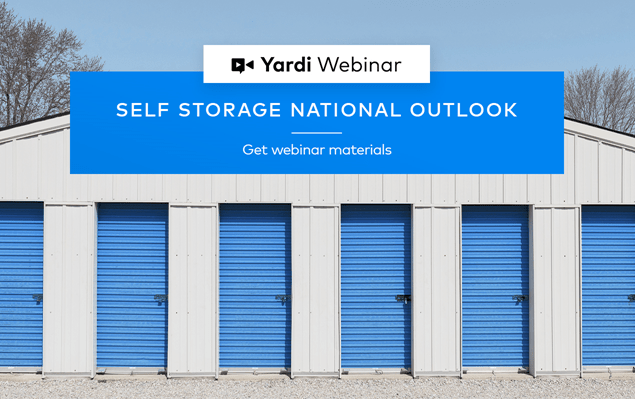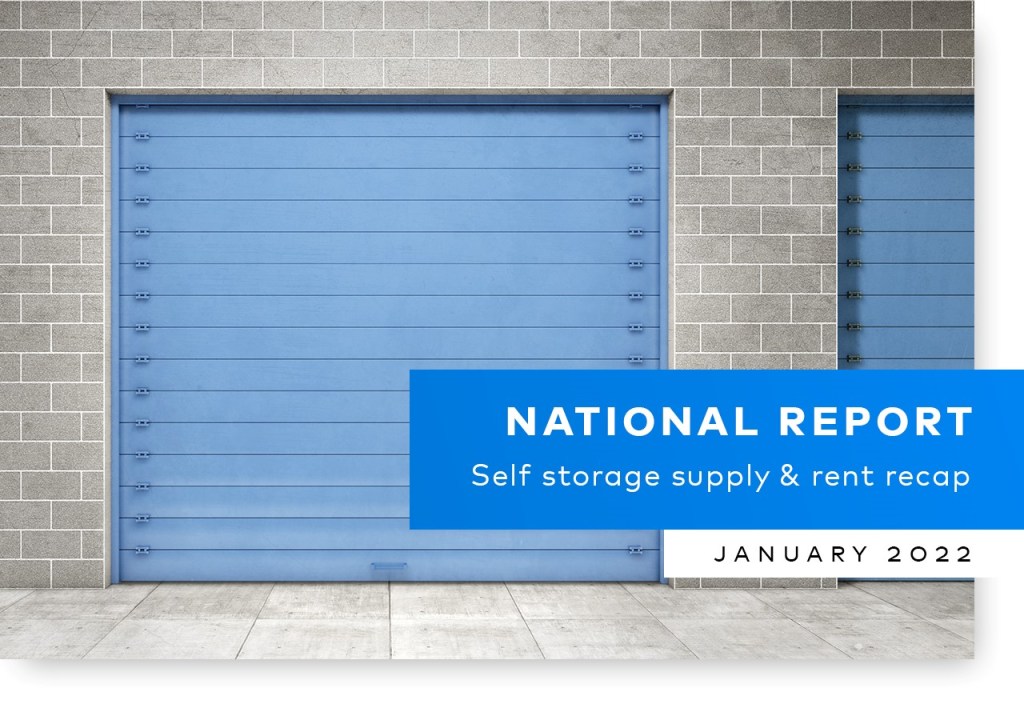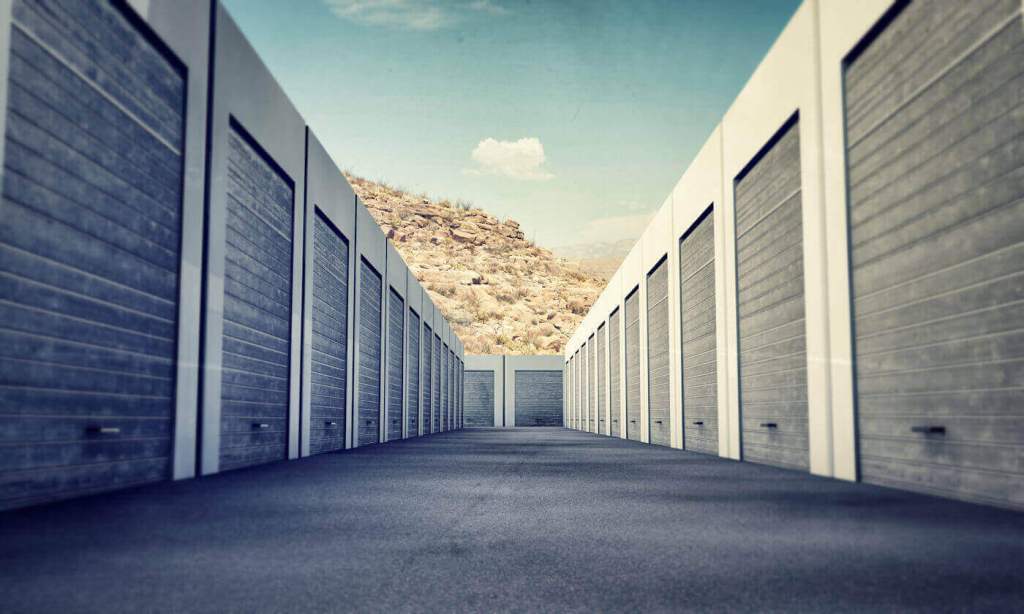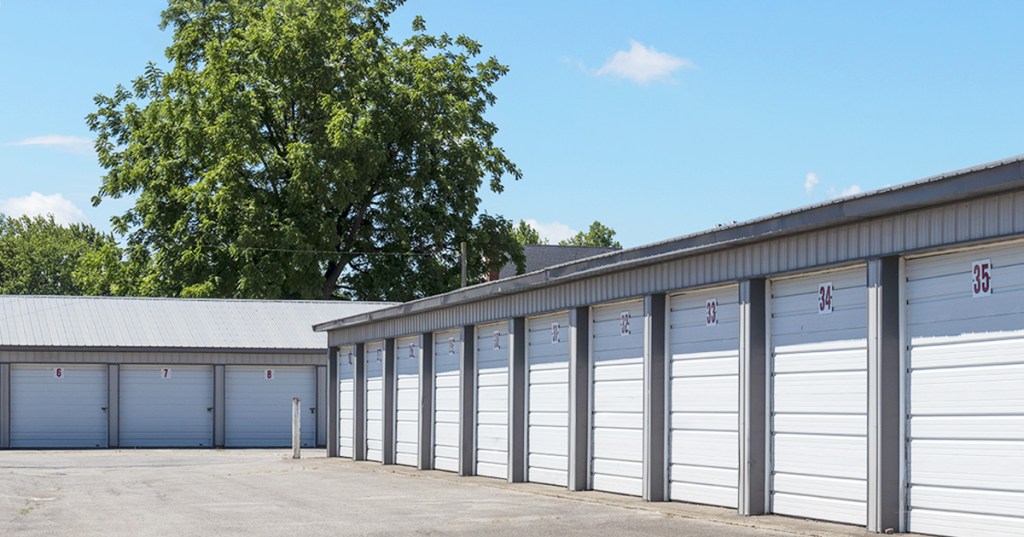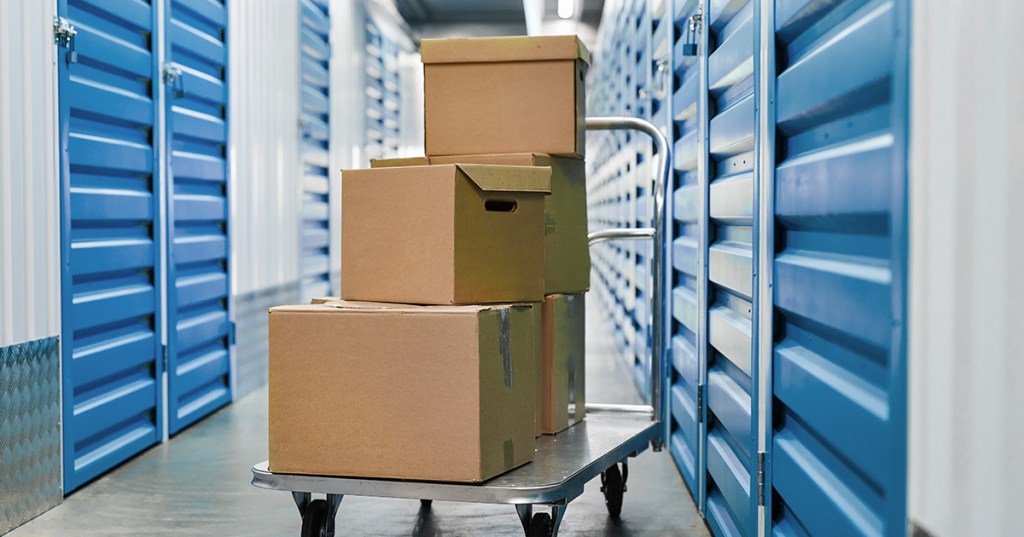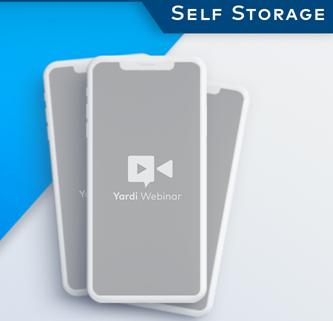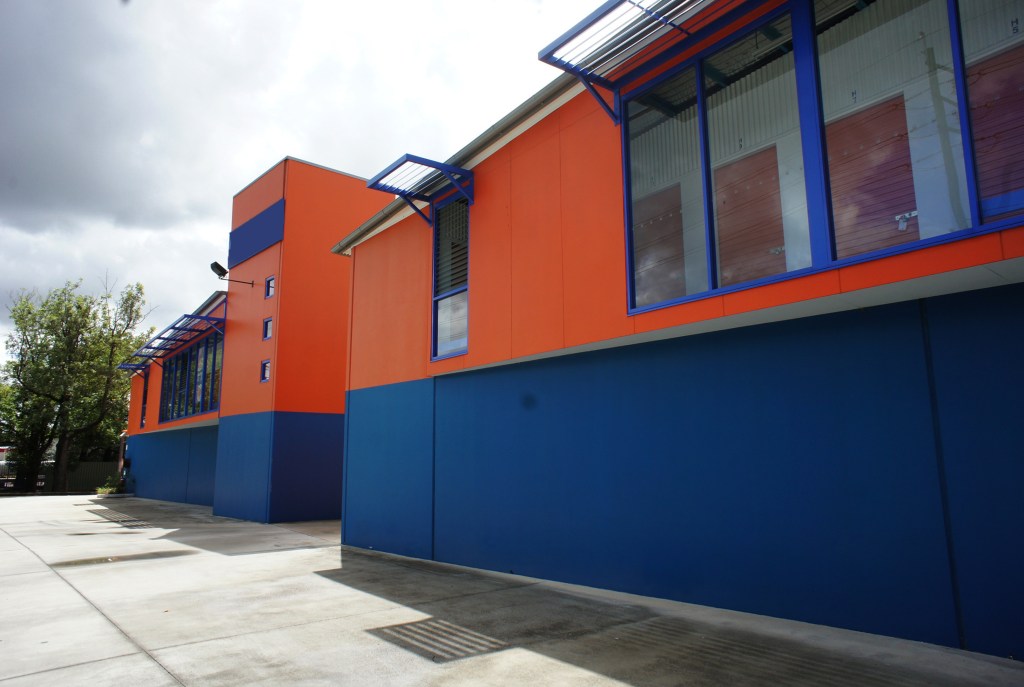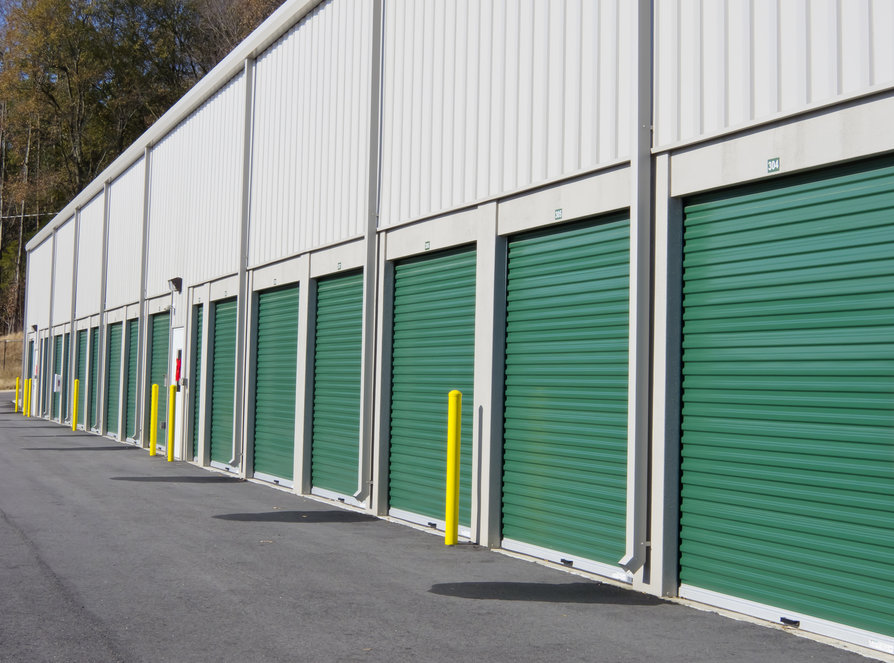State of Self Storage
Yardi Matrix Webinar Recap
The self storage sector continues to weather economic conditions that are likely to become more challenging in the near term, attendees of a webinar presented this week by Yardi Matrix learned. “There are several headwinds that might be getting a bit stronger,” said Jeff Adler, vice president of Yardi Matrix, during the Wednesday presentation. Supply […]
